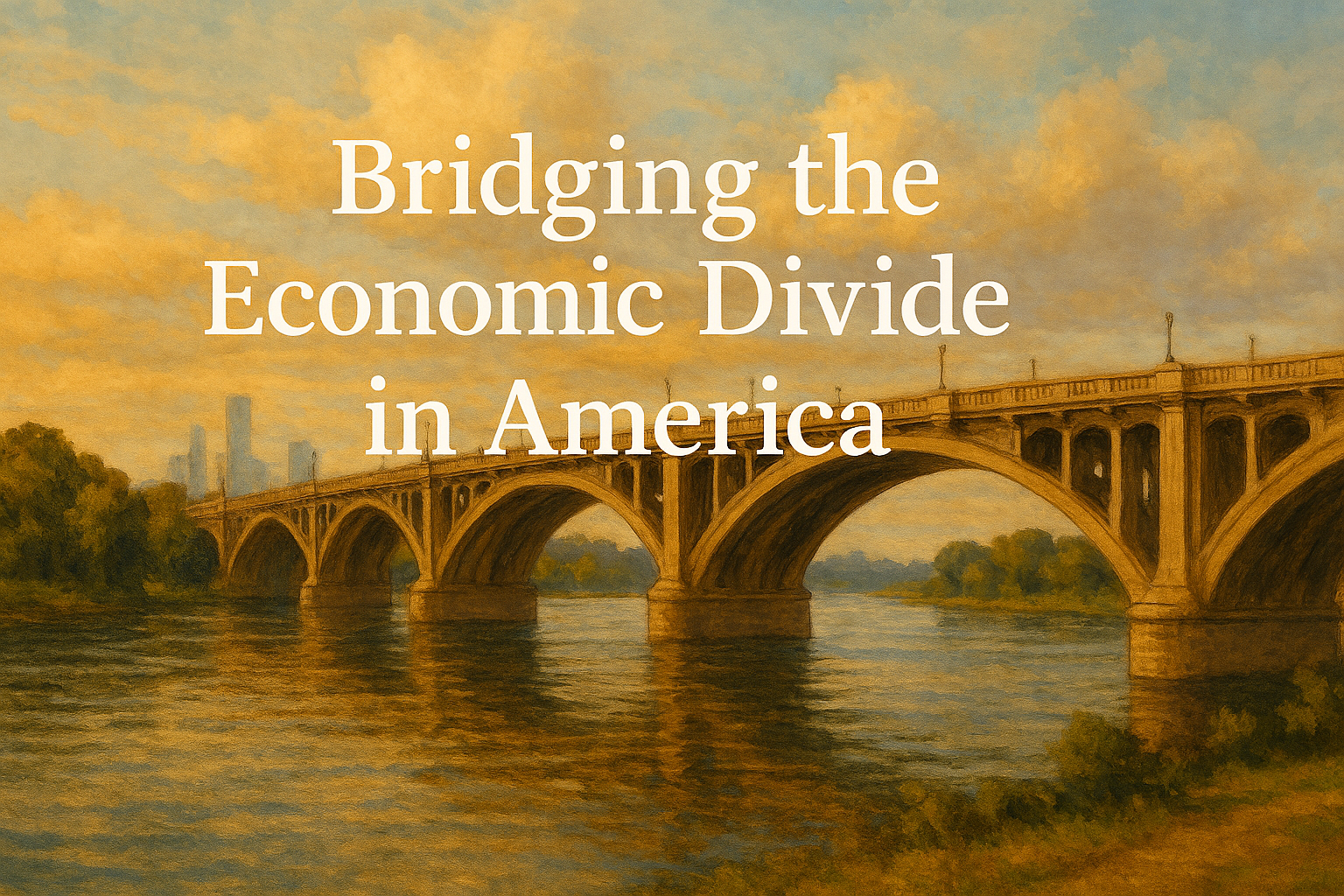Summary
America faces a deepening bifurcation in economic outcomes. While the top 10% enjoy unprecedented prosperity, the bottom 50% experience stagnation, inflation, and rising homelessness. These brief outlines are economist-backed reforms to address income inequality, wage stagnation, housing insecurity, mental health disparities, and media misinformation.
America’s plight has been a long time in the making, from childhood education that indoctrinates and promotes compliance rather than individual accountability and self-sufficiency. Our society needs a top-to-bottom restructuring to remove the incentive for entitlements (unearned benefits) without effort, to pay people more not to work than to work, and to realign educational systems to teach self-sufficiency and democratic principles. To state the fact sounds easy, but implementing reeducation would be difficult, since the education establishment is so far to the progressive left.
1. Progressive Tax Reform
Problem: Wealth concentration has reached historic levels, with the top 10% controlling over 60% of national wealth.
Reform Proposal:
- Eliminate preferential tax rates on capital gains and dividends.
- Expand and fully refund the Earned Income Tax Credit (EITC).
Economist Support:
“The EITC is one of the most effective tools we have to reduce poverty and support work.” — Elaine Maag, Urban-Brookings Tax Policy Center.
2. Revitalize Wage Growth
Problem: Real wages for the bottom 50% have stagnated since the 1970s, while inflation erodes purchasing power.
Reform Proposal:
- Raise the federal minimum wage and index it to median wage growth.
- Strengthen labor protections and collective bargaining rights.
Economist Support:
“The best bargaining chip any employee has is the ability to walk away. That’s only possible when unemployment is low.” — Josh Bivens, Economic Policy Institute.
3. Housing and Homelessness Reform
Problem: Over 771,000 Americans are homeless, and millions are rent-burdened.
Reform Proposal:
- Expand federal rental assistance.
- Adopt the Housing First model nationwide.
Economist Support:
“Housing is a basic human need. Homelessness is a policy failure, not an economic inevitability.” — Anna Bailey, Center on Budget and Policy Priorities.
4. Mental Health Investment
Problem: Economic stress contributes to widespread mental illness, costing the U.S. economy $282 billion annually.
Reform Proposal:
- Expand access to mental health services.
- Integrate care with economic support programs.
Economist Support:
“Mental illness alters consumption, savings, and labor supply—generating enormous costs to our economy.” — Aleh Tsyvinski, Yale University.
5. Combat Economic Misinformation
Problem: Media concentration distorts public understanding of economic realities.
Reform Proposal:
- Promote media literacy.
- Regulate misinformation and diversify media ownership.
Economist Support:
“Fake news shapes aggregate economic fluctuations by increasing uncertainty and distorting consumer behavior.” — Tiziana Assenza, CEPR.
Conclusion
The divide between economic boom and economic despair is not inevitable—it is a product of policy choices. These reforms, grounded in financial research and expert consensus, offer a roadmap to a more equitable and resilient American economy.
